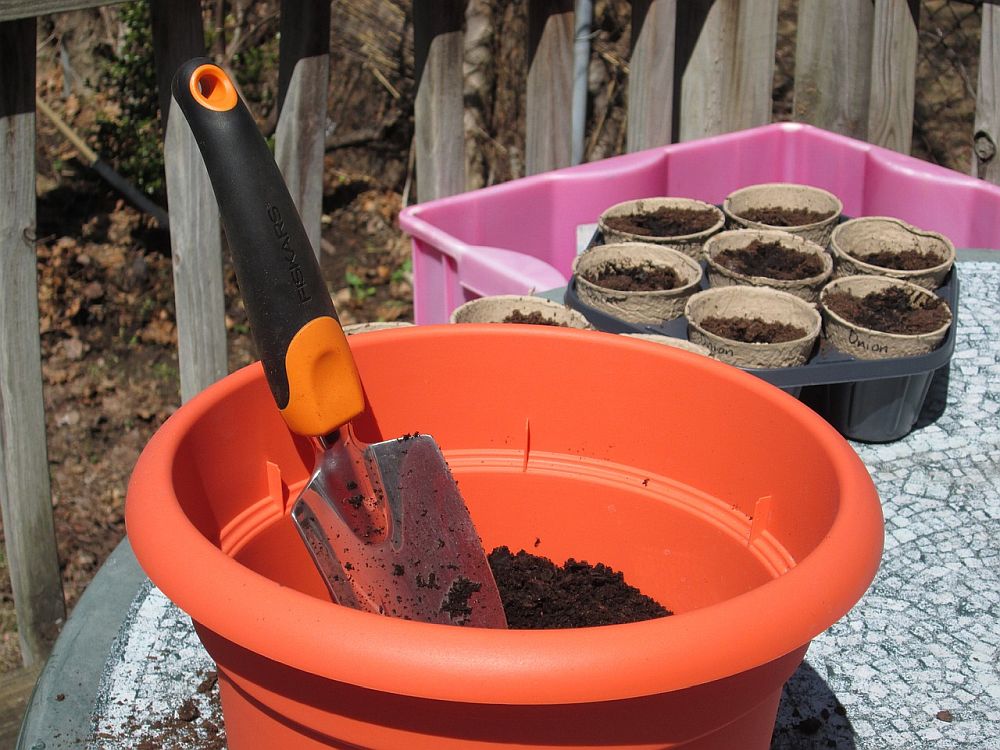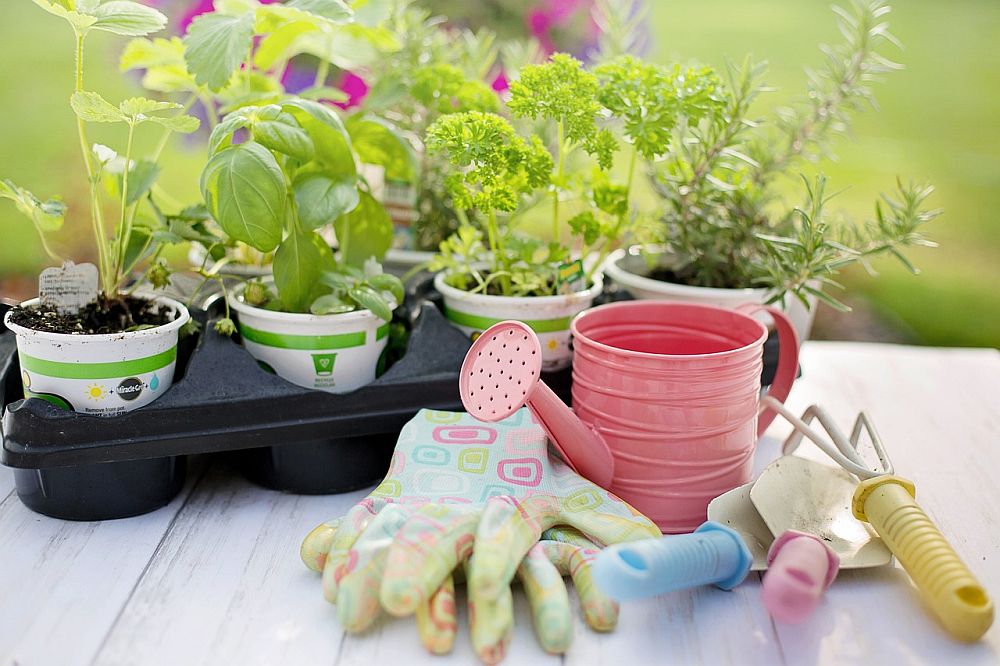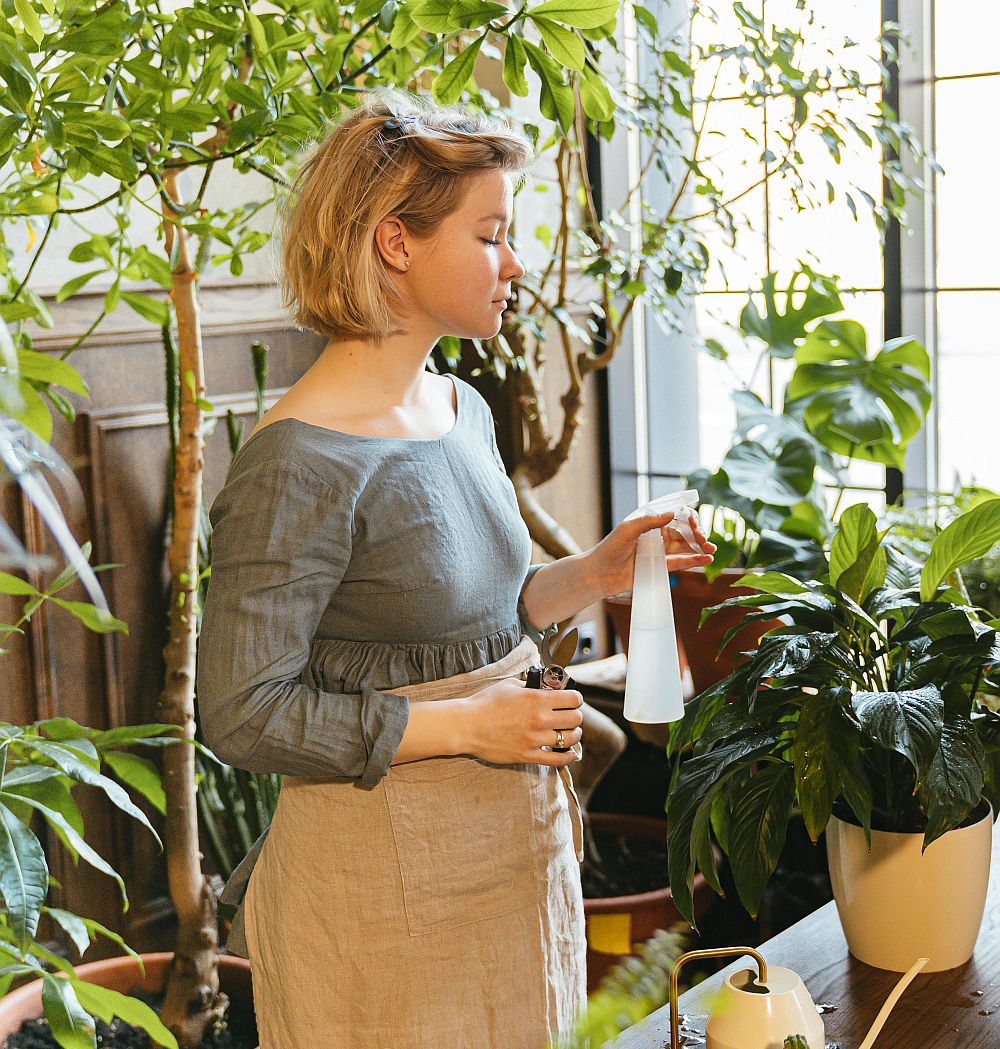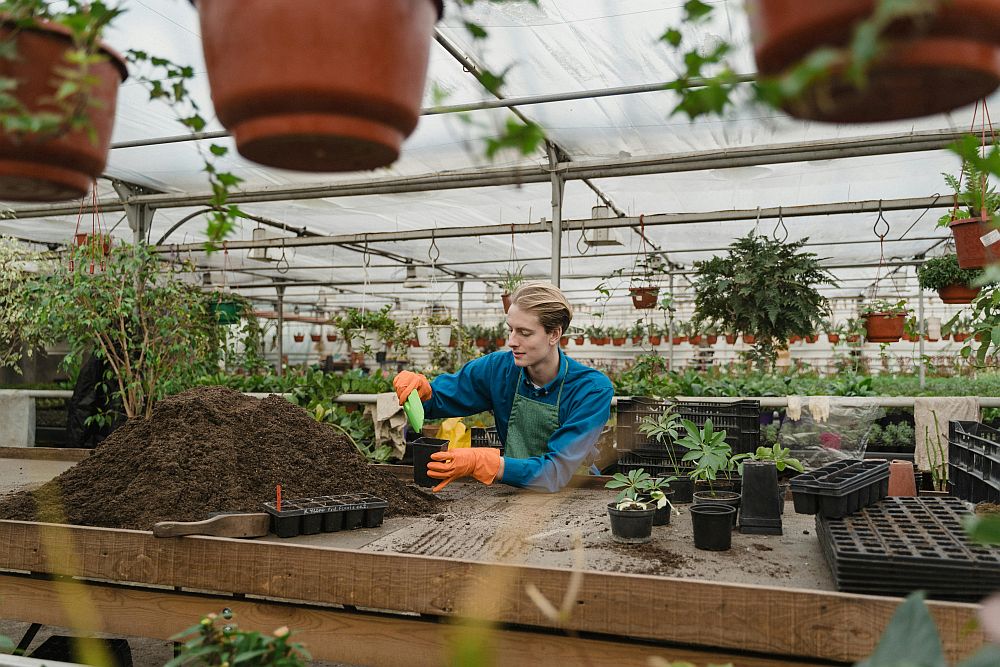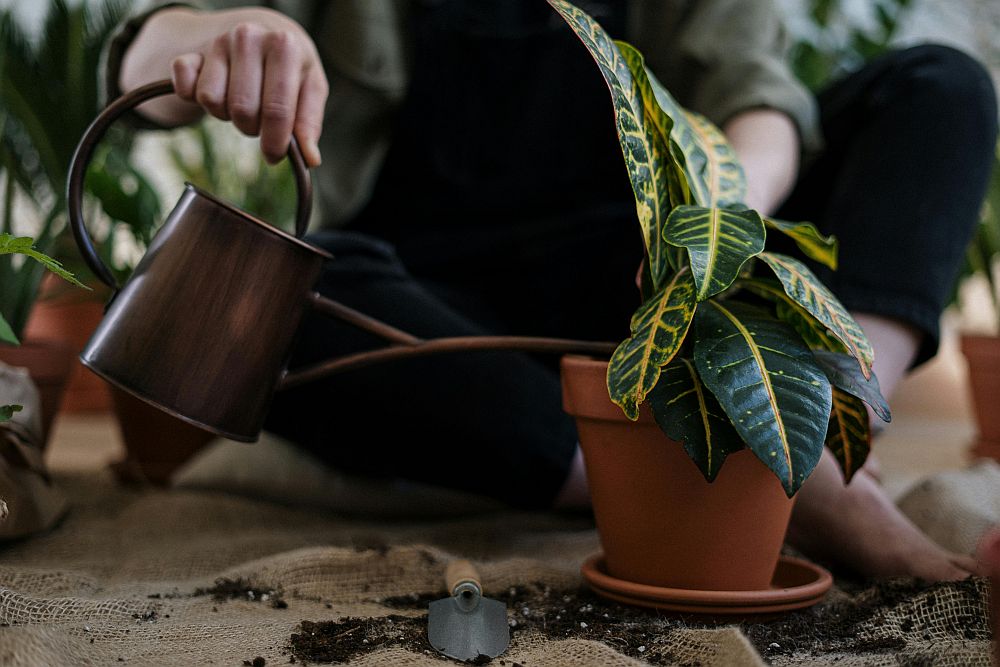Container gardening offers an innovative solution for those who seek the joy of gardening within the confines of limited space. This method allows plants to be grown in various containers, ranging from pots and tubs to buckets and window boxes. It caters to individuals living in urban areas with no access to traditional garden plots, as well as those who prefer the manageability and accessibility of gardening on a smaller scale. A key perk of container gardening is the ability to control the growing environment, tailoring water, sunlight, soil composition, and nutrient levels to the specific needs of each plant. This level of management can lead to healthier plants and often higher yields compared to in-ground counterparts.
Yet, despite its many advantages, container gardening is not without its challenges. Unlike plants in the ground that benefit from the vast resources of the earth, container-grown plants are entirely dependent on the gardener for their needs. Roots are confined to a limited space, which may restrict growth and require more frequent watering since soil in containers can dry out quickly. Additionally, container plants can be more susceptible to extreme temperature fluctuations due to the reduced insulation the soil in pots provides compared to the ground.
Container gardening serves as a versatile and adaptable approach to cultivating plants, enriching urban spaces, and bringing the harvest closer to the kitchen. It’s a testament to the adaptability of gardening practices, merging traditional knowledge with modern constraints. The method invites both novice and veteran gardeners alike to experiment with plant varieties and container arrangements, creating lush oases in unexpected places despite the hurdles it may present.
Essentials of Container Gardening
Container gardening requires careful consideration of several key factors to ensure plant health and maximize yields. Attention to container selection, soil composition, and water management are foundational to the success of a container garden.
Choosing the Right Containers
The choice of container plays a pivotal role in container gardening. Containers should have adequate drainage holes to prevent waterlogging and should be sized appropriately for the type of plants being grown. Materials can vary from plastic, clay, to recycled materials, but it’s important they are food safe if growing edibles. Large containers retain moisture longer but are heavier, while small containers are more portable but dry out quickly.
Quality of Potting Mix
Using a high-quality potting mix is essential for healthy plant growth. Potting mix must provide good aeration and steady moisture retention. It should be light and fluffy, unlike garden soil, and typically combines ingredients like peat moss, vermiculite, or perlite. A high-quality potting mix can reduce disease risk and create an ideal environment for root development.
Understanding Soil Fertility
Soil fertility within containers depletes more rapidly than in-ground gardens. Regular fertilization is crucial, often more so than with traditional gardens. The use of a balanced, slow-release fertilizer ensures a consistent supply of nutrients. Gardeners should monitor the plants for signs of nutrient deficiencies and adjust fertilization as needed.
Irrigation and Drainage
A reliable irrigation system and sufficient drainage are vital. Containers should be watered consistently to maintain even soil moisture. The presence of a drainage hole at the bottom of each container ensures excess water can escape, preventing root rot. Overhead watering can lead to foliage diseases, so watering the soil directly around the base of the plant is recommended.
Plant Selection and Care
Choosing the right plants for container gardening and caring for them properly is crucial for success. The right selection can lead to a flourishing miniature garden, while understanding care requirements ensures plant health and longevity.
Suitable Plants for Containers
When selecting plants for containers, one must consider the plant’s root space and growth habit. Herbs like basil and mint, vegetables such as lettuce and tomatoes, and a variety of flowers including petunias and marigolds thrive in container environments. Tomatoes, in particular, benefit from the added warmth of containers.
Nutrients and Fertilizing
Plants in containers depend heavily on their gardeners for nutrients. A balanced, water-soluble fertilizer, used bi-weekly or according to package instructions, generally suffices. Slow-release granules can also be mixed into the soil to ensure a steady supply of nutrients.
Sunlight and Exposure
Sunlight is vital for plant growth. Most vegetables and flowering plants in containers require a minimum of six hours of direct sunlight per day. Placement of containers should be strategic to maximize light exposure without risking overheating or scorching the plants.
Maintaining Plant Health
Regular maintenance including watering, fertilizing, and monitoring for pests and diseases is imperative. Container plants require frequent watering due to limited soil volume, but one should avoid overwatering to prevent root rot. Checking plants regularly for pests and diseases allows for early intervention, keeping the container garden healthy.
Maximizing Yield in Small Spaces
To harvest abundantly from a limited area, gardeners need to adopt specific strategies that ensure efficient use of space while maintaining the health and productivity of the plants.
Container Arrangement
The arrangement of containers greatly affects the yield in small garden spaces. Choosing the right container size is crucial; for instance, larger containers are suitable for deep-rooted plants like tomatoes, while shallow-rooted plants such as lettuce thrive in smaller ones. Ensuring adequate sun exposure is essential — leafy vegetables might need at least five hours of sunlight, whereas vegetables such as peppers and eggplants may require more.
Companion Planting
Strategic companion planting can maximize yield and deter pests. For example, pairing leafy greens like lettuce with taller plants such as tomatoes can provide shade to the lettuces, lowering their stress in the peak heat of summer. Similarly, planting basil alongside tomatoes and peppers not only saves space but may help repel insect pests while enhancing the flavors of the vegetables.
Vertical Gardening Techniques
Vertical gardening optimizes yield per square foot by expanding the growing space upward. Utilizing structures such as trellises and stake systems allows climbers like cucumbers to grow upwards instead of spreading outwards, freeing up valuable ground space. Moreover, these techniques can improve air circulation around the plants, reducing the risk of diseases and pests that often plague cramped environments.
Challenges of Container Gardening
Container gardening, while versatile, presents specific challenges that gardeners need to manage carefully. These include ensuring adequate pest and disease control, maintaining proper moisture and nutrient levels, and protecting plants from extreme temperatures.
Pest and Disease Management
Container plants can be as susceptible to pests and diseases as those in the ground. Vigilance is key as insects like aphids or spider mites may infest plants. Root rot is a common disease in containers due to over-watering or poor drainage. It’s essential to provide adequate drainage holes to prevent water from accumulating and use sterile potting mix to reduce the risk of disease.
Controlling Water and Nutrient Loss
Containers can dry out faster than the ground, causing stress to plants unless closely monitored. Over-watering can cause nutrient leaching, while under-watering might lead to salt buildup, resulting in nutrient deficiency or toxicity. Gardeners should water containers thoroughly while ensuring excess water can escape through proper drainage holes. Regular fertilization is also necessary to maintain soil fertility, as nutrient reservoirs are limited compared to open soil.
Dealing with Extreme Temperatures
Plants in containers are more vulnerable to extreme temperatures due to their limited soil volume. In high temperatures, the soil heats up quickly, potentially damaging the root systems. Conversely, in cold conditions, the lack of insulation compared to the ground can lead to root damage from freezing. It is integral to position containers strategically throughout changing seasons to mitigate these effects.
Innovative Approaches
Advancements in materials and technology are paving the way for more efficient and sustainable container gardening. These innovative approaches not only increase the ease of growing plants in limited spaces but also contribute to the environmental benefits of urban gardening.
Advanced Container Materials
Modern container gardens are increasingly using materials beyond the traditional plastic pots and ceramic containers. Metal containers, for example, are becoming more popular due to their durability and sleek design. They can often be recycled which contributes to a circular economy. Here’s a comparison of material choices:
- Plastic Pots: Lightweight, cost-effective, and widely available.
- Metal Containers: Long-lasting, often made from recycled materials, and can provide a modern aesthetic.
Modern Irrigation Solutions
Irrigation in container gardens has evolved with the use of drip irrigation systems and self-watering pots. These systems are particularly beneficial in urban settings where water conservation is a priority.
- Drip Irrigation: Delivers water directly to the plant’s roots, minimizing evaporation and waste.
- Self-Watering Pots: Contain reservoirs allowing plants to absorb moisture as needed, reducing the need for frequent watering.
Utilizing Technology for Monitoring
Container gardens can greatly benefit from technology, particularly in monitoring plant health. Gardeners can now use apps and sensors to track:
- Soil moisture levels
- Nutrient content
- Sunlight exposure
These technological tools assist in ensuring that plants receive optimal care, which is crucial for the success of container gardens.
Environmental Benefits and Concerns
Container gardening offers environmentally conscious solutions but also presents certain concerns that must be weighed. From water conservation to mitigating urban heat, container gardens can play a significant role. However, sustainability practices are essential to maximize their positive impact.
Water Conservation
Container gardens can significantly reduce water usage compared to traditional in-ground gardens. They allow for:
- Tailored watering: Plants receive precise amounts of water, reducing waste.
- Recycling of water: Excess water can be captured and reused.
However, containers can also lead to quick soil dry out, necessitating vigilant monitoring to maintain water efficiency.
Reducing Urban Heat
Trees and shrubs in containers contribute to cooling urban environments by providing shade and reducing the heat island effect. This can lead to:
- Energy savings: Less heat accumulation translates to lower air conditioning needs.
- Improved air quality: Plants in containers can help absorb pollutants and produce oxygen.
Still, the materials used for containers and the reflectivity of their surfaces may affect their efficiency in heat reduction.
Sustainability Practices
Container gardens endorse sustainability through:
- Use of compost: Acts as a nutrient-rich growing medium.
- Selection of materials: Peat-free alternatives like bark or mulch are eco-friendlier.
- Plant grooming: Regular maintenance reduces the need for chemical inputs and improves plant health.
Challenges include the potential overuse of plastic containers and the environmental costs of transporting materials. It is crucial to source containers and growing mediums responsibly to ensure an eco-friendly approach.
Community and Educational Aspects
Container gardening positively impacts communities and educational settings by fostering cooperative initiatives and enriching learning experiences through hands-on programs.
Community Gardening Initiatives
Community gardening initiatives often utilize container gardens because of their versatility in urban settings. These initiatives can transform underutilized spaces into vibrant areas of plant cultivation, inclusivity, and social interaction. Master gardeners and cooperative extensions play a critical role in these projects, offering guidance, knowledge, and resources to ensure the success and sustainability of community gardens. They work alongside local residents to select appropriate container-grown plants, ensuring they are suitable for the specific environmental conditions and the community’s needs.
- Key Benefits:
- Enhances community bonding and civic engagement.
- Provides fresh produce in areas with limited access to green spaces.
Educational Resources and Programs
Education about container gardening is being integrated into schools and curriculum through various programs and resources. Programs usually involve students in the entire process of gardening, from soil preparation to plant care and harvesting. Nurserymen and cooperative extensions often contribute to these educational efforts by providing plants, materials, and expert advice. They assist in creating a practical and dynamic learning environment where students can witness the growth cycle first-hand, fostering a sense of responsibility and environmental stewardship.
- Educational Outcomes:
- Introduces practical agricultural skills and knowledge.
- Encourages healthy eating habits by growing edible plants.


